Last Updated on January 24, 2024
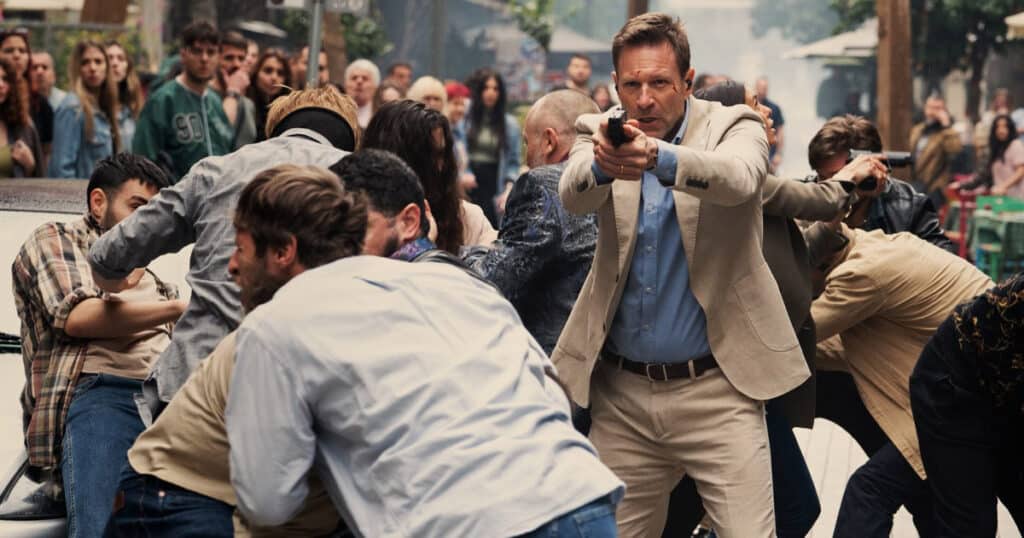
Renny Harlin’s The Bricklayer is a ton of fun. It’s gotten a low-key release and has been overshadowed by the (excellent) Beekeeper, but the film is a bit of a hidden gem. Harlin gives it an old-school 80s/90s vibe, making it the best pure action vehicle star Aaron Eckhart’s ever had. I recently had the chance to talk over the phone with Eckhart about the film and his unique approach to making action movies.
Note – the conversation has been edited for clarity.
So nice to talk to you, Aaron. I’ve always been a huge fan of yours, and I really enjoyed The Bricklayer. I thought the action was great, and Renny Harlin really is a pro. I’ve spoken to him a few times over the years, and he’s a great guy, too.
Well, I agree with you. I, I love Rennie as well. In fact, I just did another movie with him called Deep Water. Rennie is a total pro. He made Die Hard 2. That’s good enough for me. He knows his stuff. He’s a passionate filmmaker, not only technically but creatively; he’s in every aspect of the movie. He knows what he’s going to do before he gets there. He’s editing it in his head. He knows every lens, every camera, and every setup, and he knows what he wants and what he doesn’t. And on top of that, he’s a collaborator and always listens to the actors. He’s appreciative, and he’s amazing with the crew. I said to somebody if I just make movies with Renny for the rest of my life, I’ll be happy. He’s just a good man.
One of the things that’s always kind of frustrates me when I think about newer action movies is that often they’re kind of hard to decipher. And what I like about Renny Harlin’s stuff is that visually, the aesthetic is very pleasing. They’re easy to look at, and it’s easy to see the actual choreography that you guys are doing because, you know, It’s intricate, really well-designed stuff. And I hate it when it’s wasted in a movie when you actually can’t tell what they’re doing because it looks like you guys put a lot of effort into those fight scenes.
Well, yeah, I mean, I did them all myself. And we did them fairly quickly because of logistics, you know, so we rehearsed them extensively before the movie and then really shot them all in one. You know, in talking about Renny’s style, he’s a stylized action director. I mean, everything looks good, everything’s first class, everything is elevated in the sense that it’s just a little bit above reality, and he wants everything to look good. In terms of the action, we just went for it. I told Renny, look, I want to do everything possible. Except I don’t go through glass and all that sort of stuff. But all the fights I wanted to do myself. I think there were four fights, and he (Renny) says, we’re doing the second one, three days in the rain at night. It was freezing cold, but it was great. It really paid off. It was rewarding for me to be able to do it all and for Renny to capture it. And Renny uses, you know, great lenses. You know, he uses those long 70s lenses, and he’s capturing it from far away, close up. And so everything in the background is out of focus and diffused and just really romantic and stylized. I love that.
My favorite thing about the fight scenes, too, which I don’t see often in movies, is that as the movie goes on, and you’re getting beaten up, and you know, and you’re getting into these scraps. You’re getting cut, you’re getting shot, you’re getting stabbed; I like the fact that as the movie goes on, you still have, like, cuts and stuff like that on your face. There’s still some wear and tear there. I don’t like it in a movie when an action star gets into a knife fight, and he’s getting cut, and then the next scene there’s no marks or anything like that. (Note – in my interview with co-star Nina Dobrev, she noted the same trope)
Yeah, I too, as I get older, it helps me out because, you know the more dirt and blood you put on my face, you know, the better it looks. Renny had a very clear idea of what he wanted in the cuts and stuff. And, uh, I think they did a really great job. I liked that as well. I’m with you on that one.
I also liked the little kind of shots – the little touches that are over the top, but they’re kind of like grace notes. Like, I like, when you fight Clifton Collins, Jr. at the end with the finishing move with sledgehammer, I thought was pretty good.
Well, you know, it’s interesting today in today’s world to come up with something new. Yeah, you know, between the fight coordinators and logistics of time, money, and everything. I mean, um, you know, obviously, we’re doing a movie with a budget and a certain amount of days and all that. And I like low action versus high action, high action being, you know, very complicated, you know, using ropes and all that sort of stuff. I like basically just, you know, picking up a hammer or picking up a rock or something like that, or getting in a real fight where the audience feels like, yeah, I could have gotten in that fight myself, or if I had gotten in that fight, what would I do? If I got in that fight, I would pick up that rock. I would pick up whatever was around me and fight with it. And it’s an interesting exercise actually for people to go through. What around me can I use to defend myself?
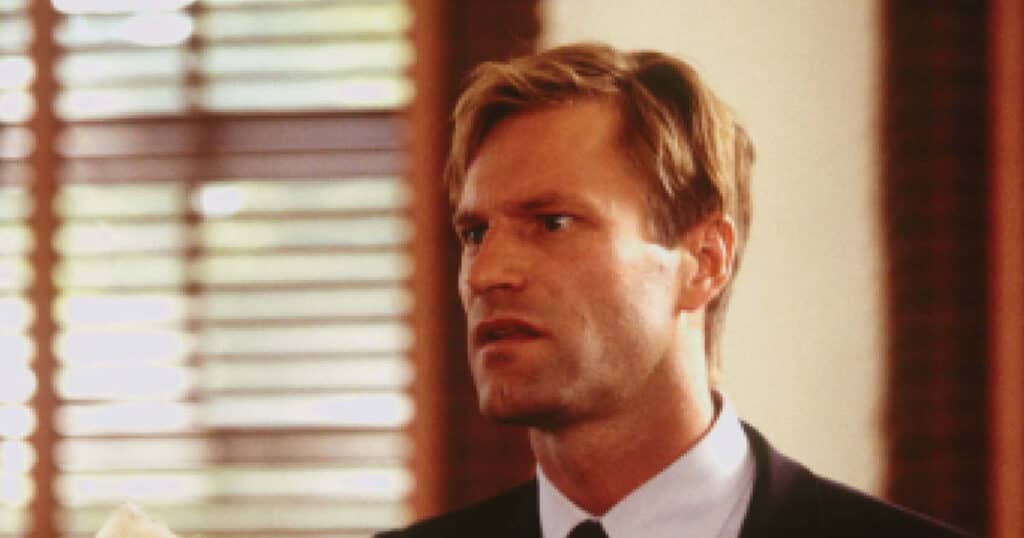
I do a series on the website about movies that are underrated. One of yours that I’ve always really liked, I don’t hear people talk about it too often, is a movie that you did called Suspect Zero, which I thought was great. And I wanted to know if you had anything to say about that because it’s a movie I feel nobody asks you about and that there’s no real conversation around it. It’s a little bit of a gem, I thought.
Well, you know, it’s interesting that you bring that film up because I just, again, worked with Sir Ben Kingsley and on my last film (directed by Renny Harlin) and Suspect Zero, was an interesting movie. Billy Ray wrote it as just a straight-up cop drama, and then the director ( E. Elias Merhige) got it. He changed it to remote viewing and all this sort of stuff, which was something I had never heard of before. It has, you know, popped up in my life in interesting ways. But yeah, it was a good movie.
We shot that in New Mexico. Um, I kind of went nuts on that film, but, I liked it. I liked it. It was a nutty film in the sense that you’re dealing with the, I don’t wanna say extraterrestrial, but you’re dealing with your unconscious subconscious mind. You’re dealing with imagery; you’re dealing with your mind going into the future.
And it’s interesting. I will say this. I have tried remote viewing in my life since then, in different ways. Not in the sense that the movie did, using that technique that I learned on that to, like, say, if I lost something. Then I would just sort of go into my subconscious mind and try to get the image. It’s an interesting exercise. Let’s just say that. And I’m not sure if I totally believe it or disbelieve it, I’m sort of in between…
The Bricklayer is in theaters and available through digital retailers now. I





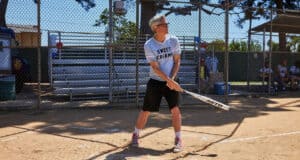
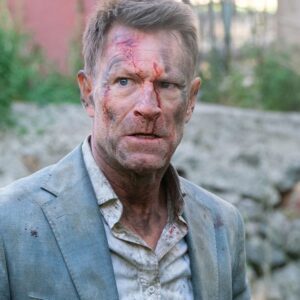
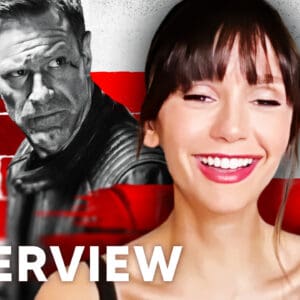
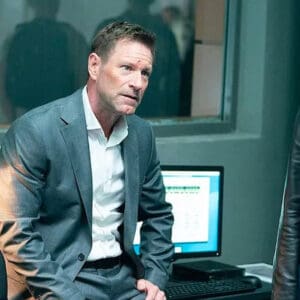
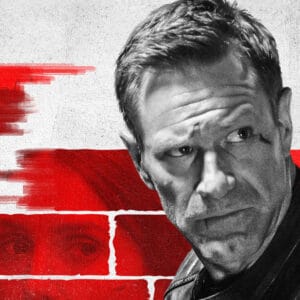
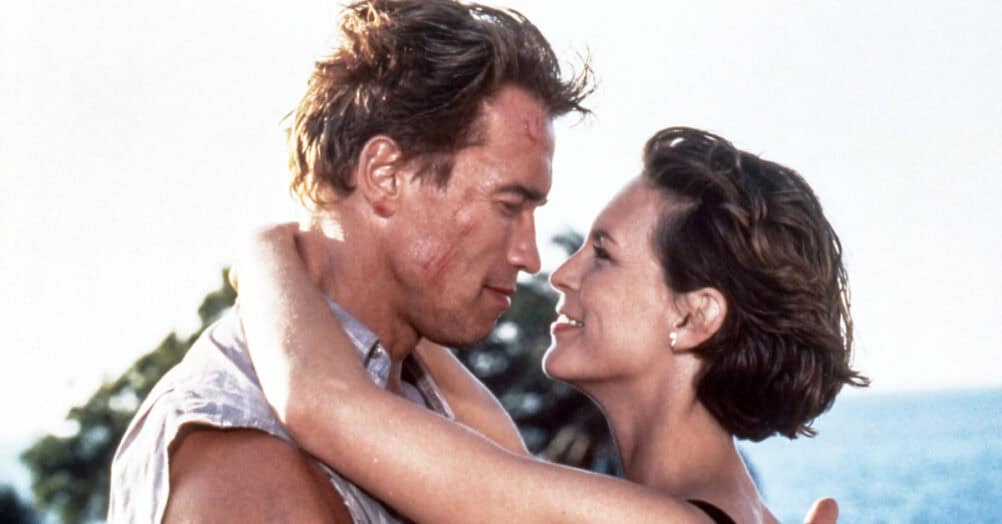
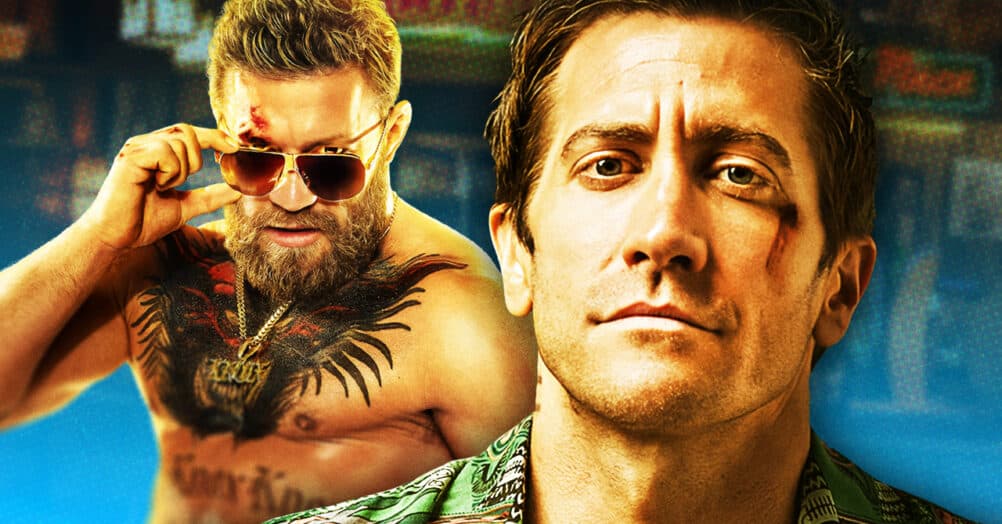
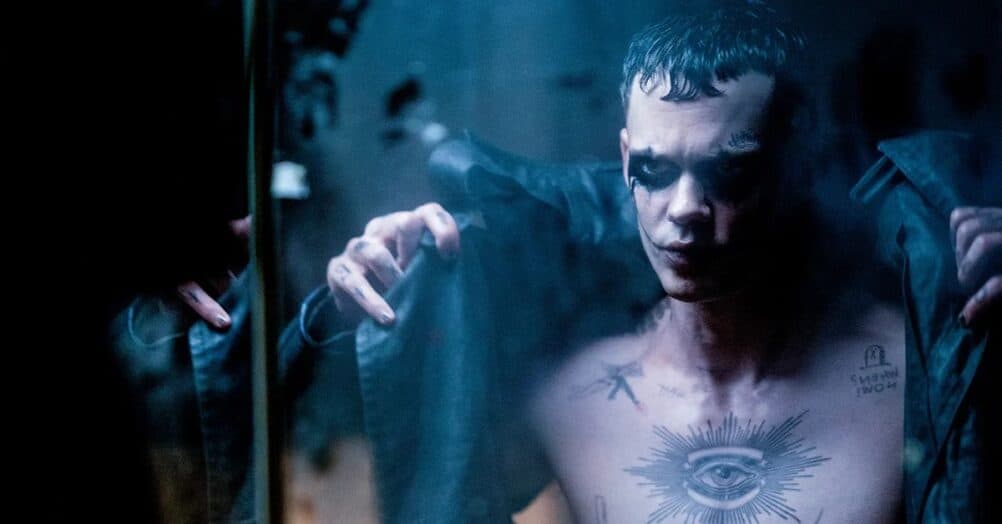
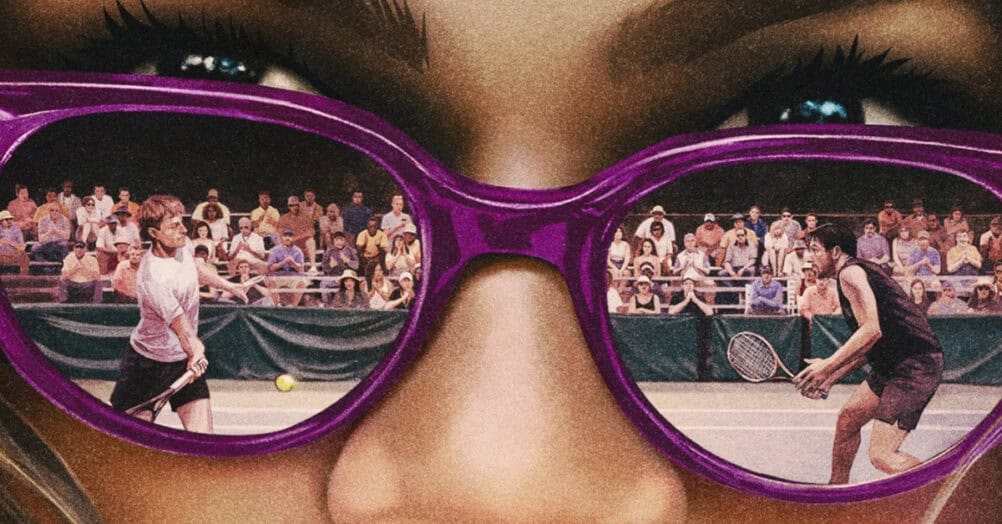
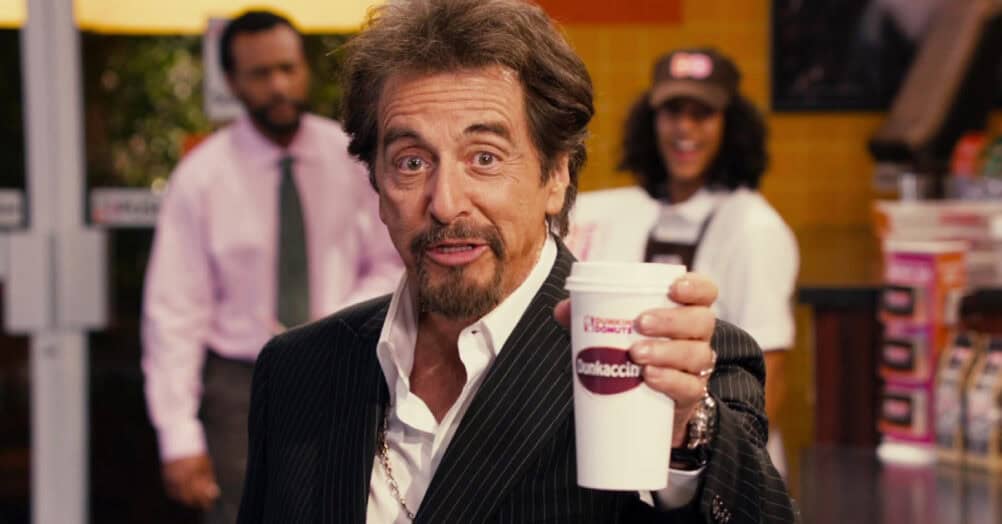
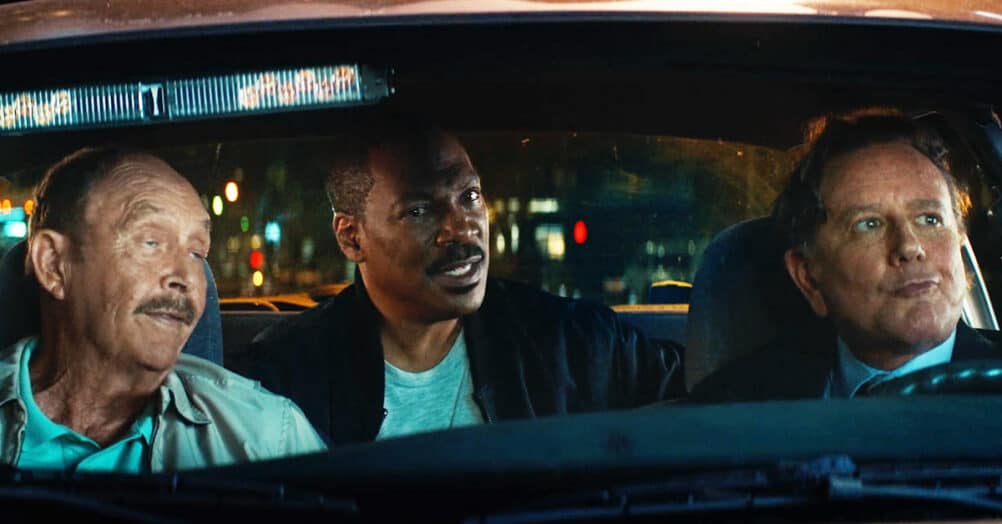
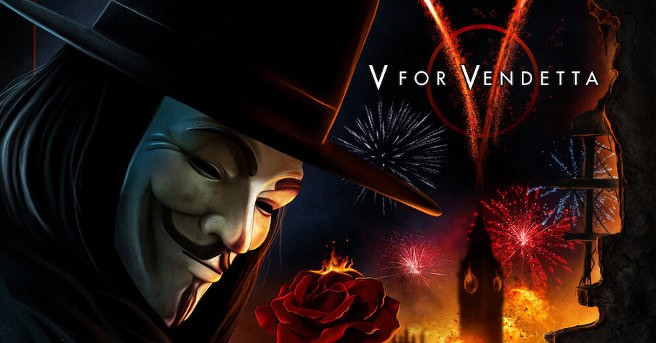
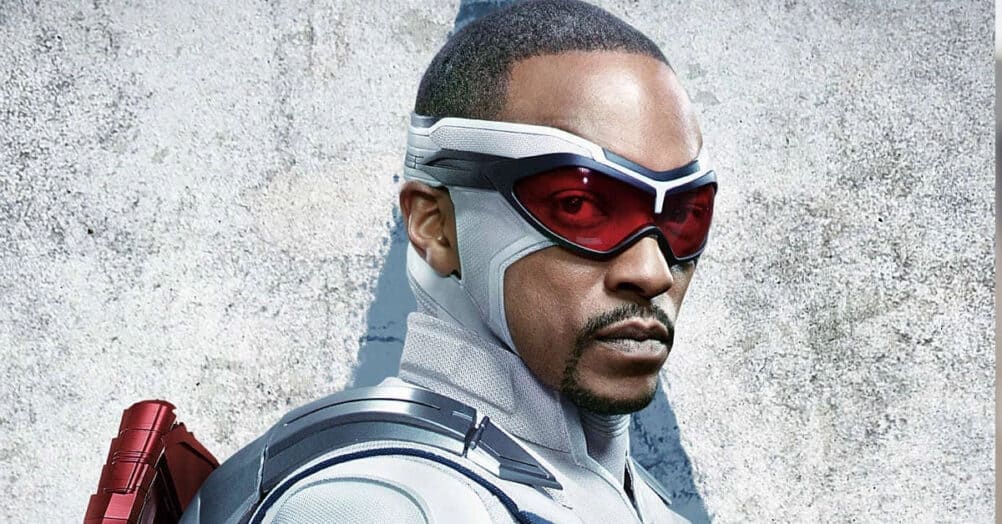
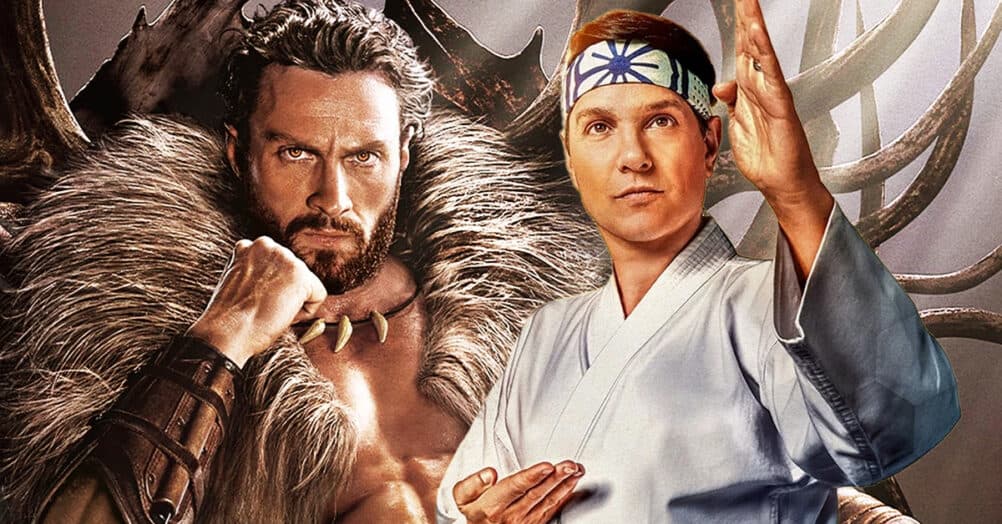

Follow the JOBLO MOVIE NETWORK
Follow us on YOUTUBE
Follow ARROW IN THE HEAD
Follow AITH on YOUTUBE